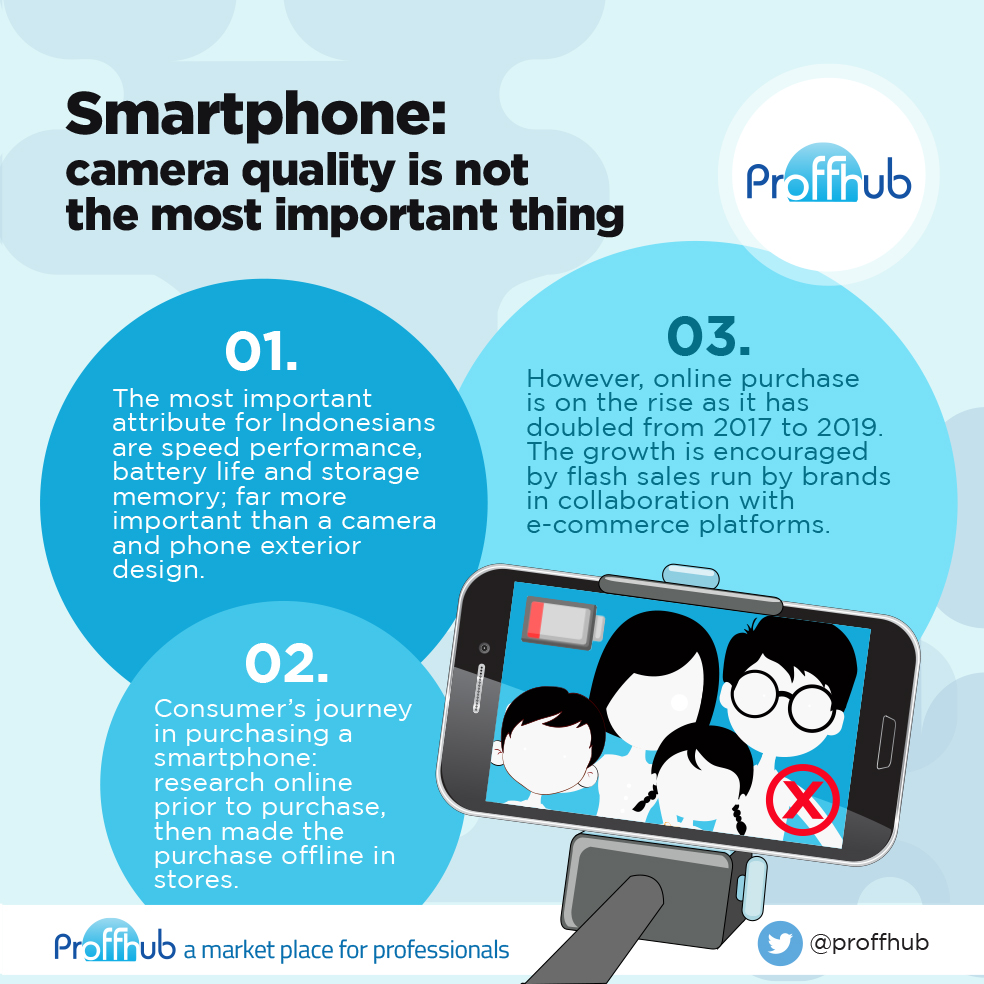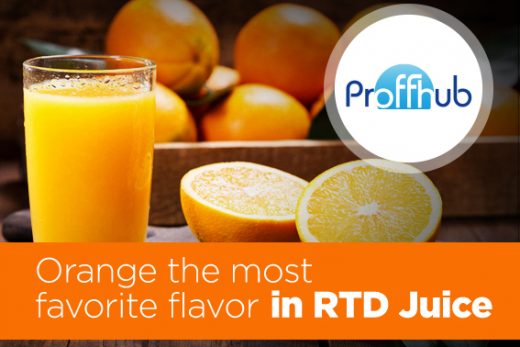CATEGORY OVERVIEW
- Indonesia was the brightest spot in Asia Pacific’s smartphones market, with shipments reaching a record high of 38 million in 2018, up 17% in 2017. The market made a complete recovery from its lowest points in 2016 (-3.3% annual growth) and 2017 (0.6% annual growth) when it was disrupted by the TKDN regulations.
- To encourage the growth of the domestic industry in Indonesia, the government has determined “Tingkat Kandungan Dalam Negeri” or TKDN, which regulates every manufacturer of 4G smartphones to incorporate locally-made raw materials, at least 30% of the end product. In its roadmap, the minimum percentage of TKDN will increase every year.
- The Ministry of Industry reported TKDN has reduced Indonesian dependency on imported smartphones by 81%, while at the same time stimulate the birth of local smartphone brands. In 2013, production volume was only 105.000 units by two local brands; in 2017 it became 60.5 million units by 34 brands, which 11 out of it are local brands.
- The market grew consistently throughout 2018 and, despite a slowing momentum toward the end of the year due to the Rupiah’s weakening against the US dollar, performed much better than other countries in the region. In Q4 2018, total smartphones shipments reached 9.5 million units, with a year-on-year growth of 8.6%.
- Canalys, a research firm, claimed that Indonesia’s smartphones market is in its prime. Rapid developments in the online channel have fueled growth, as has consumers’ healthy appetite for upgrades. At the same time, new brands are joining the market. While the growth this year was partly a correction due to the slump in the last two years, Indonesia is back on top of the list of markets where smartphones shipments will continue to grow, due to a relatively stable regulatory and social environment compared with other emerging markets.
- Pew Research Center reported from a survey conducted in 2018 that 42% of Indonesians own smartphones, while 28% own feature phones and 29% don’t own any cellphone.
COMPETITIVE LANDSCAPE
- The domination of low-end brands. The Indonesian market has developed a mobile-first mentality – thus, competition among smartphone vendors has increased dramatically, with the top five now commanding more than 80% of the market, against 65% a year ago. The sheer size of its app-driven economy underlines the increasing importance of smartphones and will attract heavy investment from software and device vendors alike, encouraging new companies to join the fray.
- Chinese vendors penetrate in the ultra low-end segment, with products under USD 100 or IDR 1.4 million. One of the vendors that are very aggressive in this segment is Xiaomi, resulting in Oppo and Samsung to trail behind. This affected local brands who have been in this segment in the first place, i.e. Advan and Evercoss. Dealing with tough competition, local brands sought other strategies to survive, such as the collaboration between Evercoss and a network provider XL.
- According to Canalys, Samsung still lad the market with a 25% market share in 2018 and YoY growth 21%. Xiaomi, Oppo, Vivo, Advan are the other brands sitting in the top 5.
- Samsung strengthened its lead over Chinese and local
players in Q4, growing 21.5% annually, above the market average, with over 2.4
million units shipped.
- Indonesia was Samsung’s strongest market this quarter in terms of growth, mainly thanks to its refreshed J series models, the J4+ and J6+. But on an annual basis, Samsung’s growth slowed to 15% year on year in 2018 against 21% in 2017 and 26% in 2016.
- Though Samsung is maintaining a strong grip on the offline channel through its generous credit window and relatively low pricing of its new products, intense competition from Xiaomi has forced it to improve the competitiveness of its mid-to-low-end models. In 2019, Samsung is likely to use the A and M series to consolidate its lead over Xiaomi.
- Xiaomi held onto second place, shipping nearly 2 million
units to register 139% year-on-year growth in Q4, but a decline of 4% sequentially.
- For the whole of 2018, it shipped 8.0 million units against 2.0 million in 2017. Its exclusive distribution partnership with Erajaya has been vital to its fast expansion in the country since Q4 2017, especially in offline retail.
- While Redmi contributed three-quarters of Xiaomi’s shipments, the vendor also tested the market by launching its higher-end Pocophone F1 at IDR4.6 million (USD 327) in Q3. But it had no impact on Xiaomi’s average selling price (ASP), with fewer than 130,000 units shipped in the second half of 2018. Xiaomi must be competitive and differentiate itself from the competition as new challengers continue to enter the market.
- Compared to OPPO or Vivo, Xiaomi actually has fewer marketing campaigns, yet more competitive prices. Product specs are pretty much the same. With a low price strategy, Xiaomi’s market share has grown 8x compared to the same period in the previous year. Xiaomi claimed to only obtain 5% margin from hardware sales as they believe “innovation is for everybody”. It campaigns its products by relying on social media and conducting flash sales on e-commerce platforms.
- Oppo is under tremendous pressure from Xiaomi in
Indonesia and registered its slowest quarterly growth in the market since Q3
2017, 0.8% in the last quarter of 2018. While the A3s became its top-shipping
device in Indonesia in Q4, the rest of its portfolio failed to drive growth.
- Competition dynamics are shifting toward cost-competitiveness and online channels, and Oppo has been slow to react with no competitive low-end portfolio. The introduction of Realme by Oppo, now run as a separate entity, was well received by the market in its first quarter, with more than 150,000 shipments.
- Oppo faces an even tougher time in 2019 as Samsung resets its strategy to improve its mid-to-low-end line-up, while Chinese peers Vivo and Huawei catch up.
- Apple belongs to a niche market.
- In December 2018, the newest models of iPhone were launched in Indonesia: XR, XS, and XS Max. The cheapest model, iPhone XR, is priced at Rp. 15.1 million, and the most expensive is iPhone XS Max at Rp 29.4 million. There is IDR 5 million to IDR 8 million price gap between Indonesian and US prices.
- According to StatCounter, in April 2019, Apple only holds 5.3% of the Indonesian smartphone market. Whereas IDC Indonesia claims the market is still below 5%.
- Probably seeing a very niche market, Apple chose to not open an official retail store in Indonesia yet. Its biggest investment in Indonesia so far has been Apple Developer Academy, which is a one-year training program for iOS app developers. Apple collaborated with BINUS, a local university, to support this program. The investment value reached USD 44 million (around IDR 644 billion), thus helped Apple to fulfill the TKDN regulation.
CONSUMERS HABIT
A joint study by Google and Canalys in 2018 found several things that consumers consider in purchasing a smartphone:
- Doing research prior to purchase. For 2-13 days, consumers will compare several brands, from their product spec to customer reviews. One platform that is most often visited is Youtube. According to Android Smartphone Purchase Journey Research 2018, 71% of respondents found search engines as the gateway to seek information and inspiration before making a purchase.
- Making the purchase at an offline store. After an average of two weeks of consideration, 70% of consumers prefer to visit an offline smartphone shop to make the purchase. However, 30% of consumers who purchase online in e-commerce is a growing number and can’t be ignored. Smartphone purchase through the online platform has doubled from 2017 to 2019. This growth is encouraged by flash sales conducted by the brand in collaboration with e-commerce platforms.
- Camera quality is not the most important thing. The most important attributes of a smartphone for Indonesians are speed performance, battery life, and storage memory; far more important than a camera and phone exterior design.





